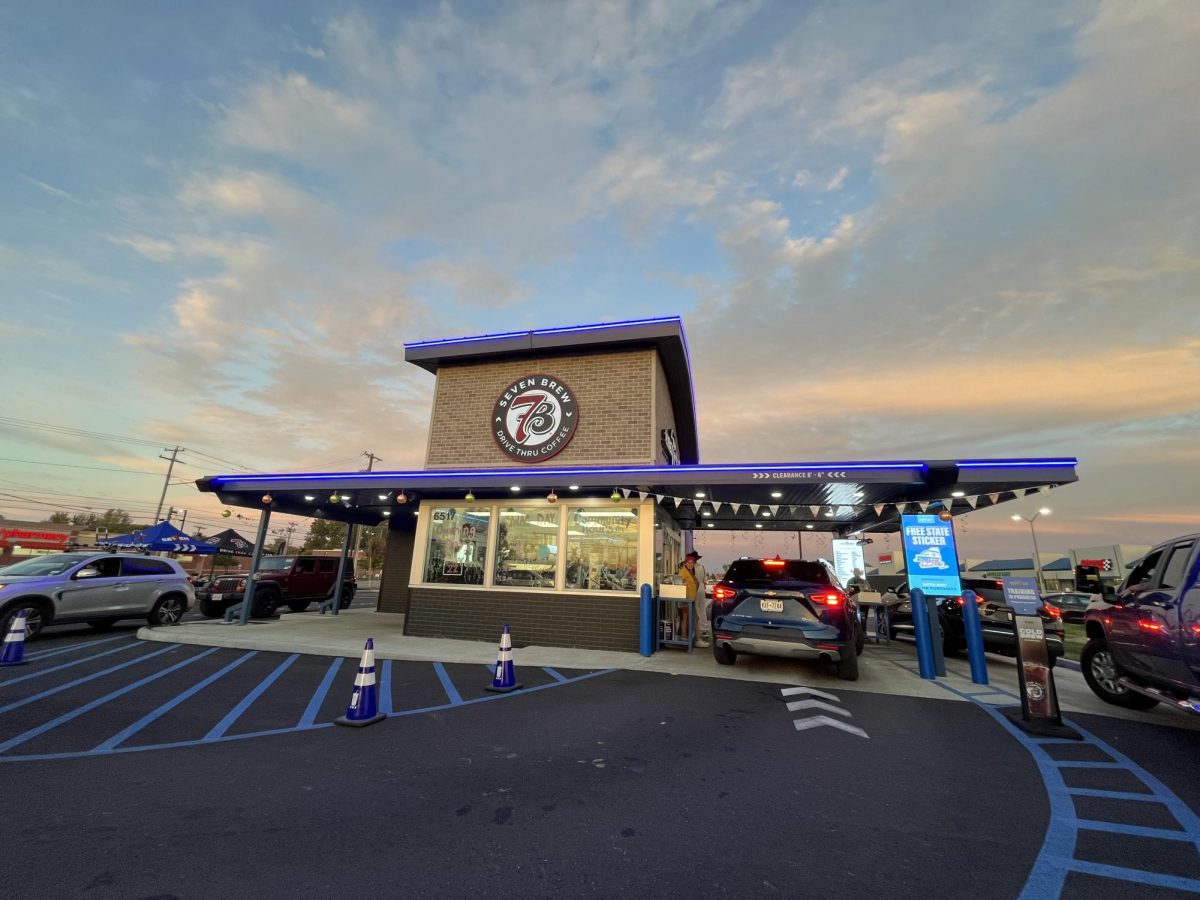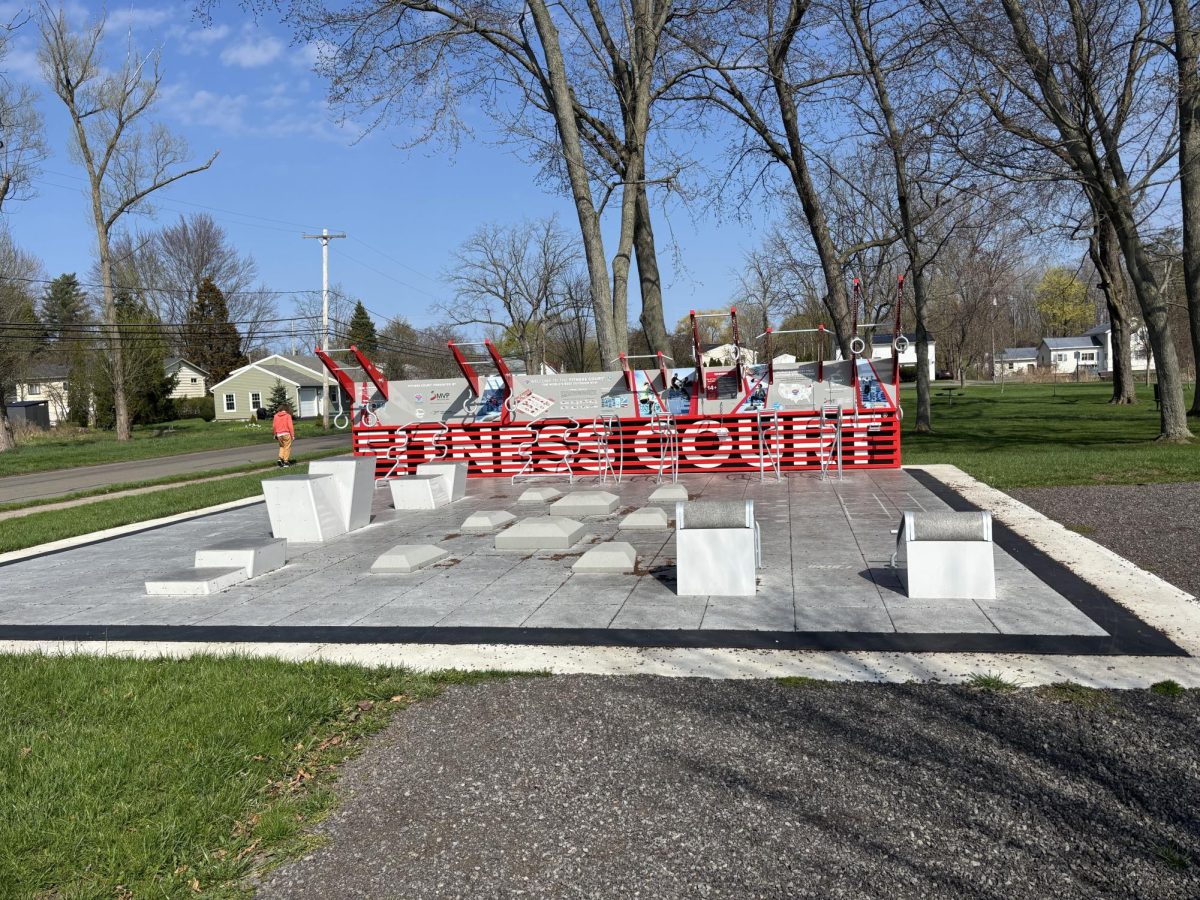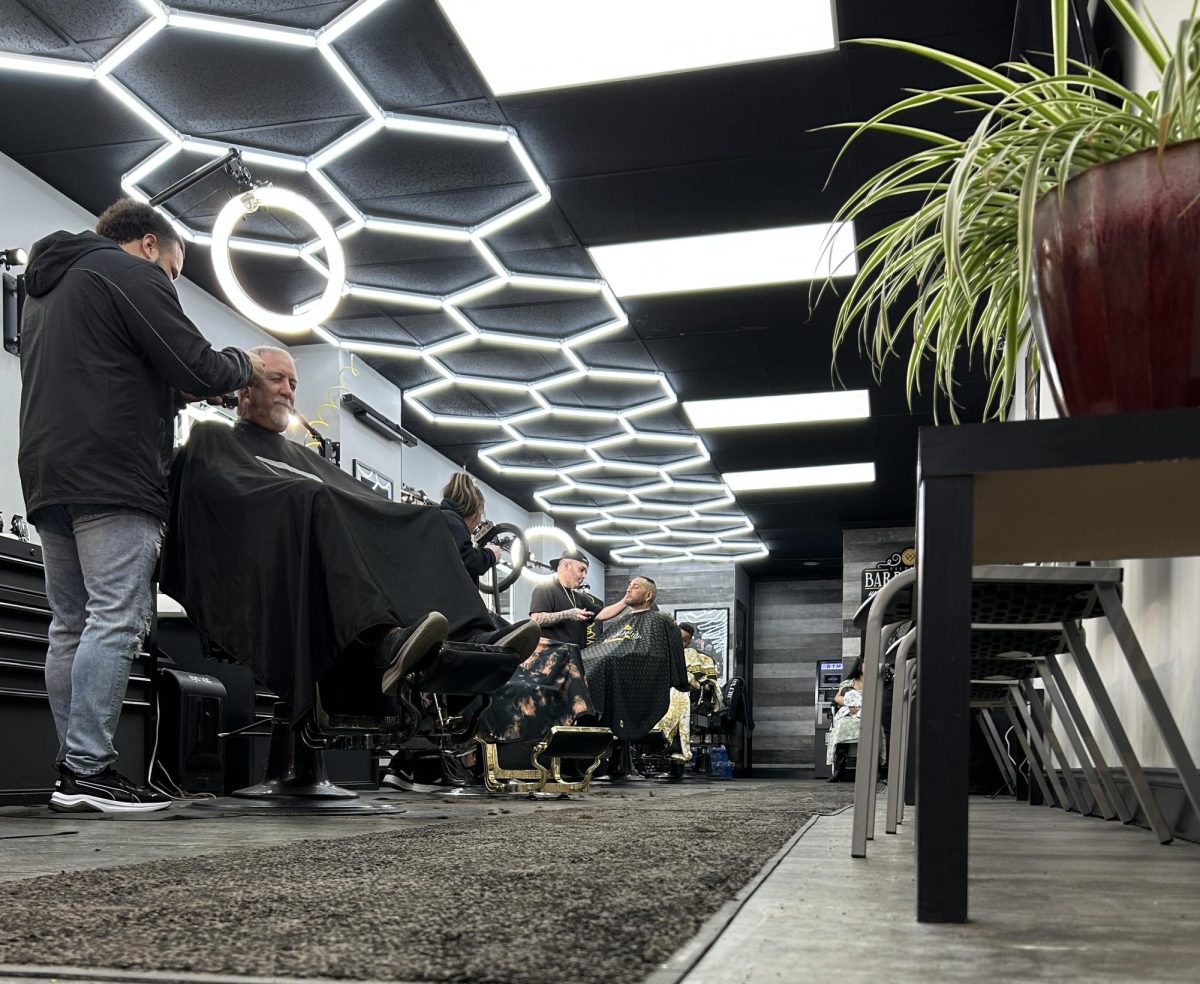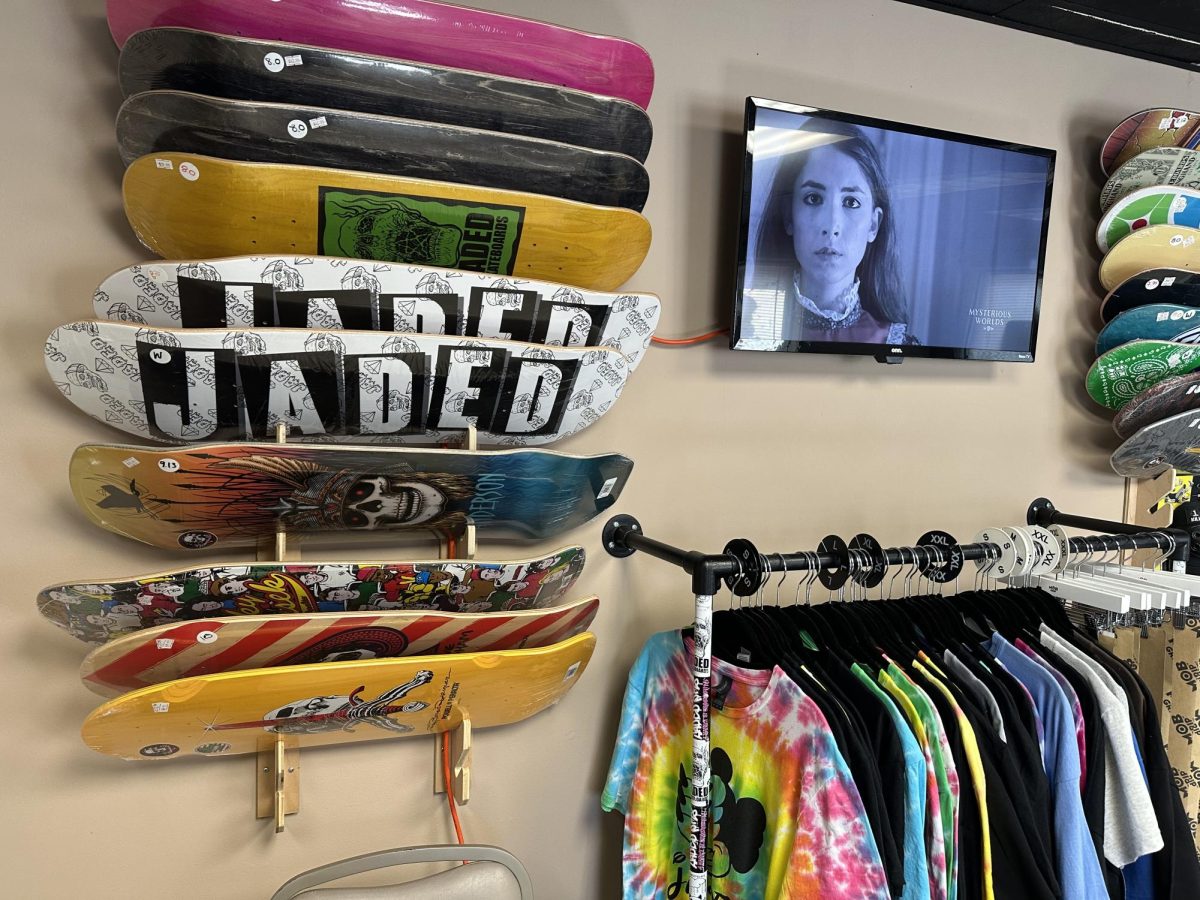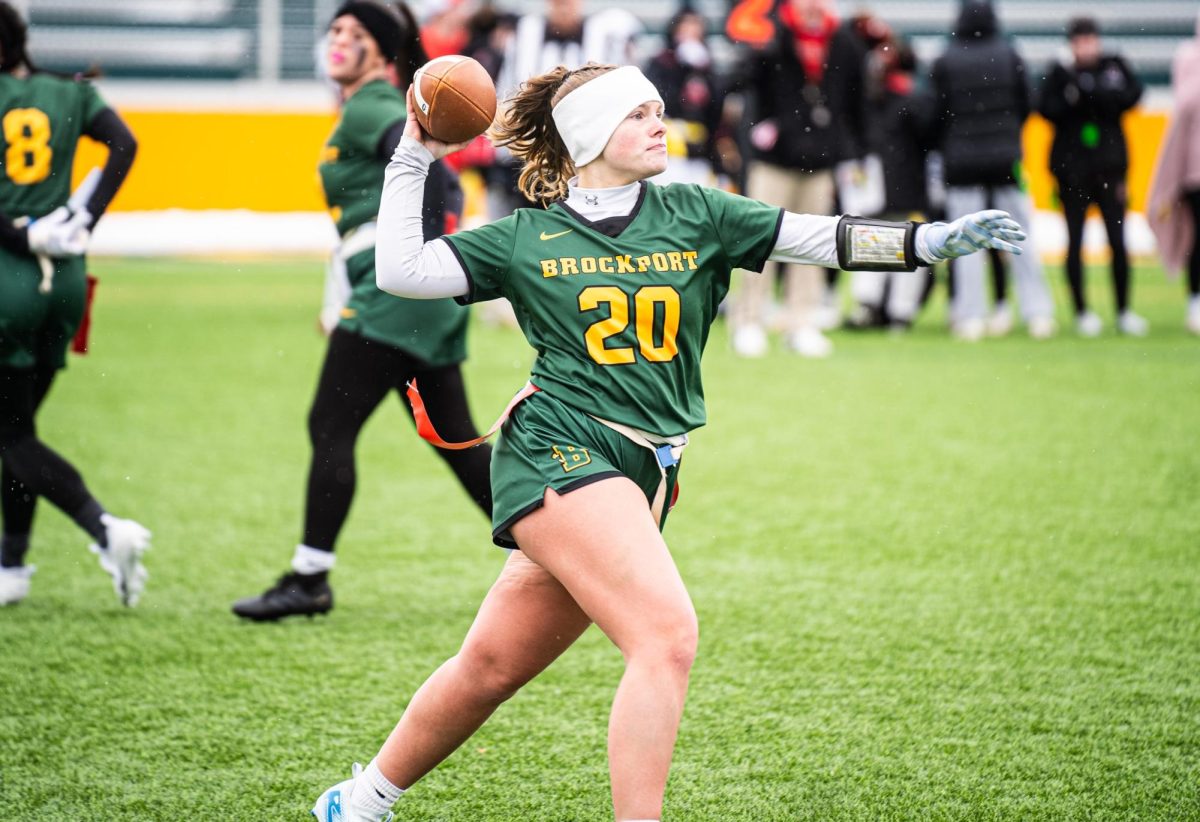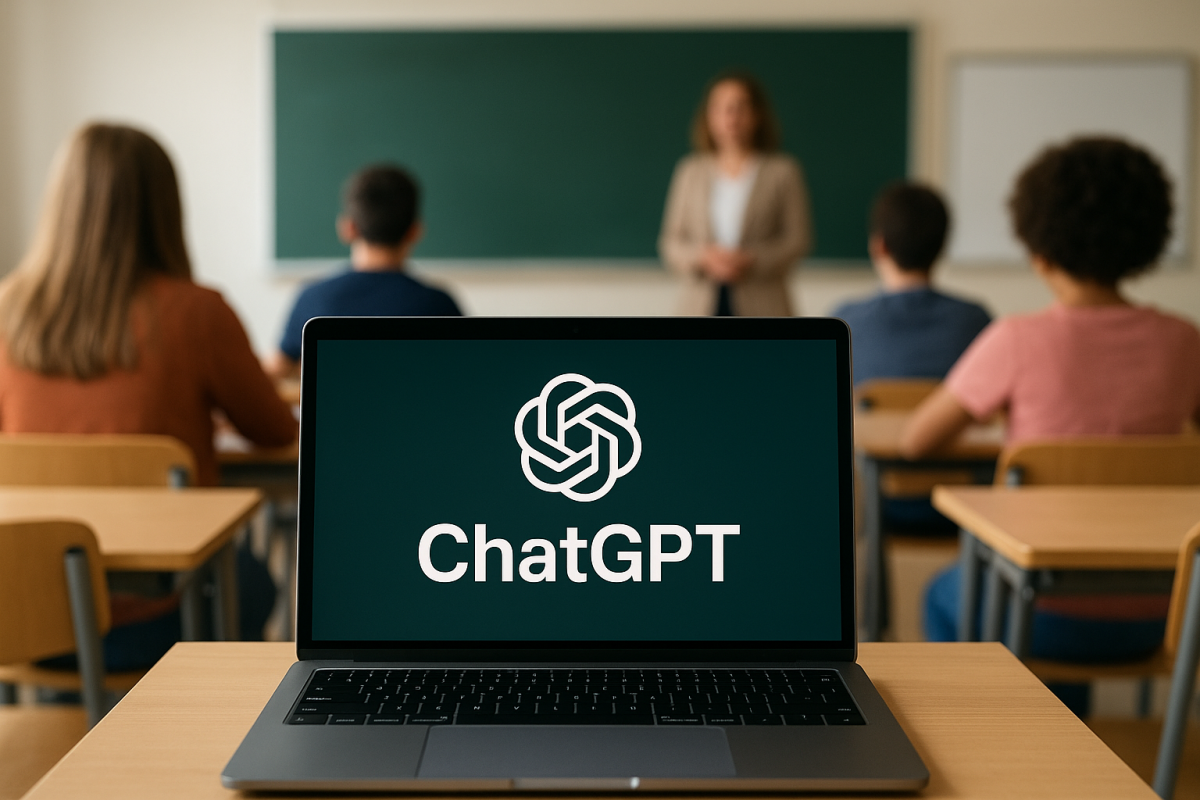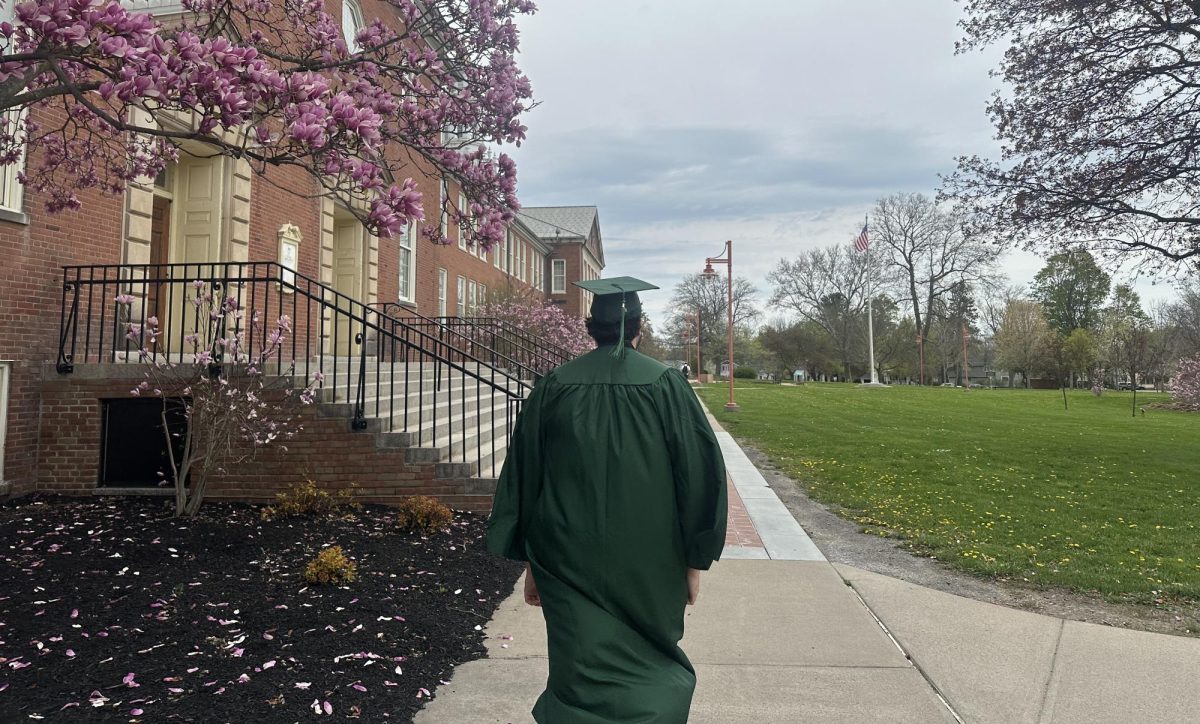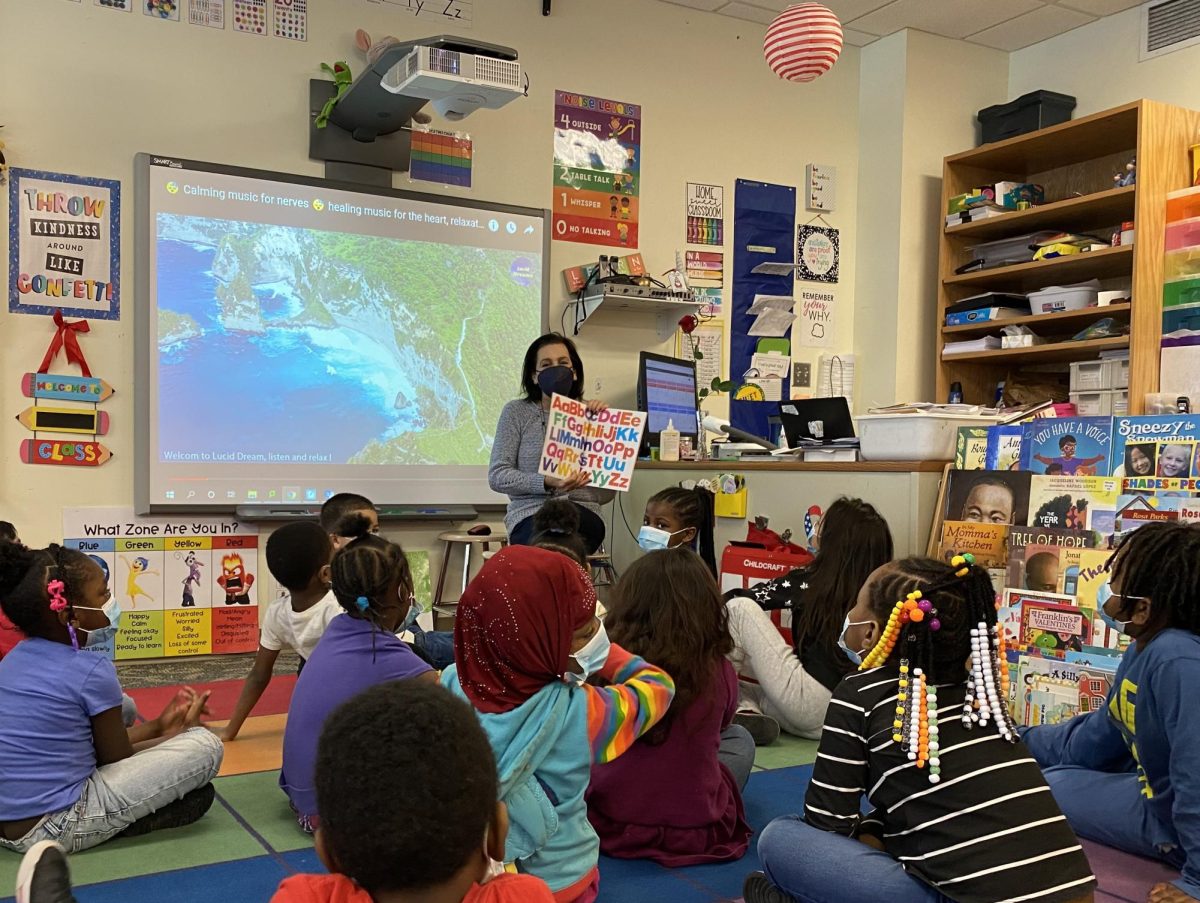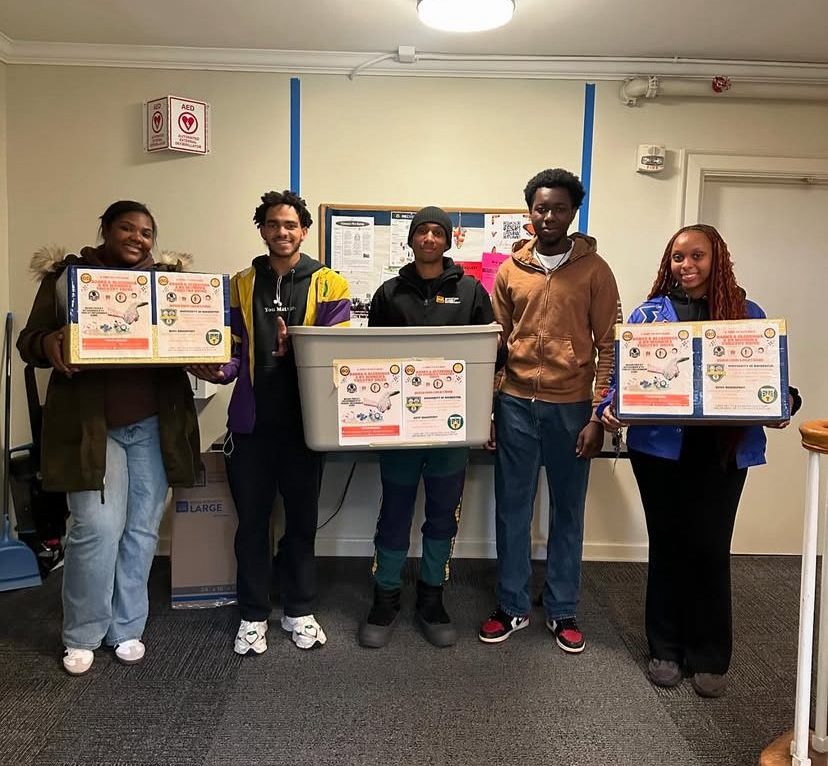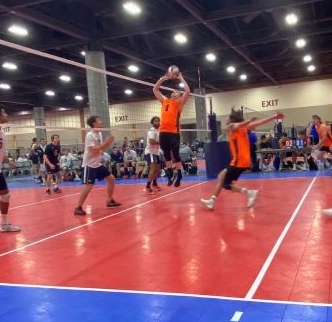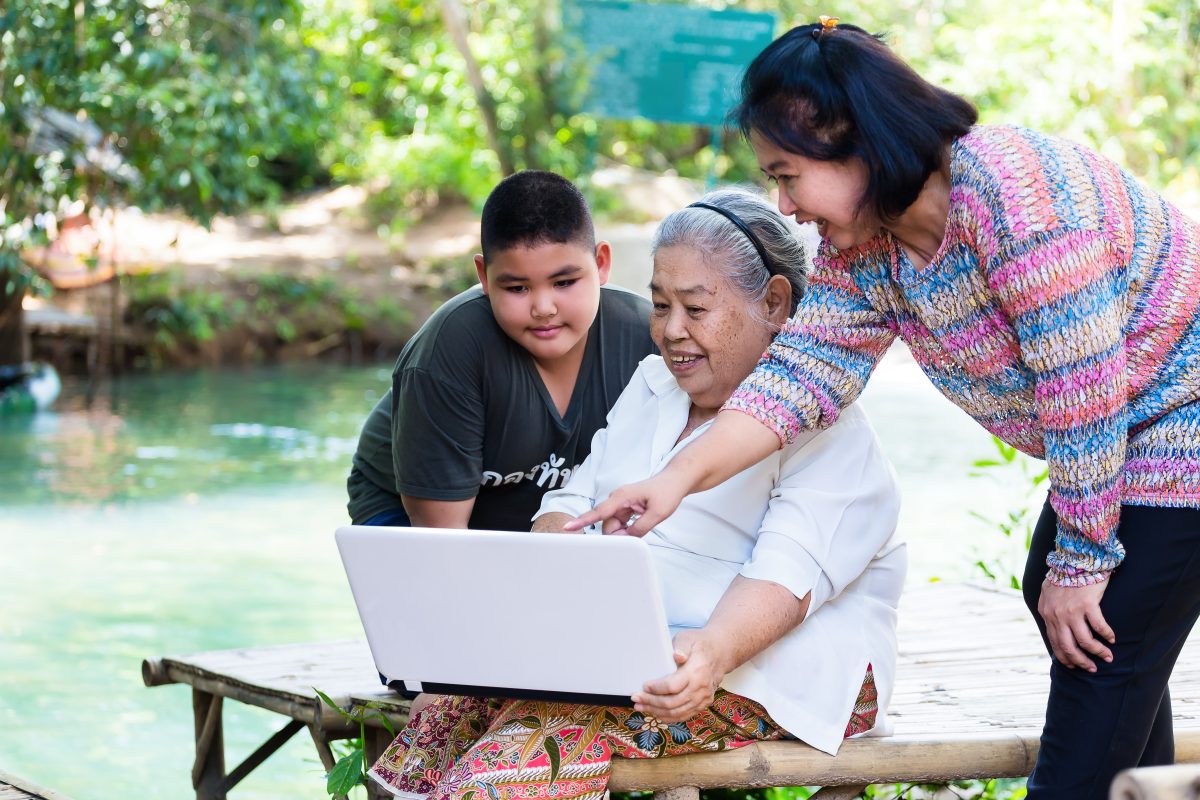Brockport, NY – Online learning during the pandemic has been a difficult transition for many college students. Several college students have had network issues, experienced a loss of community and are struggling to have social interactions that in-person classes would provide.
At SUNY Brockport many professors chose to move their classes to a virtual format for the spring semester. Although classes were offered online pre-COVID-19, students had the choice on what type of class they preferred.
This semester students don’t have this option because more professors are choosing to teach their usual in-person classes online. While some students prefer virtual classes, not all do.

Mary McCrank, a professor at SUNY Brockport, chose to teach remotely during the spring 2021 semester.
“I prefer being in the classroom with my students. I think it leads to overall more engagement, and it’s nice to be with my students in person.” McCrank said.
Teaching classes in person allows professors to engage with their students face-to-face. Virtual classes lead to inevitable silences and a myriad of technical issues. McCrank sees benefits to teaching remotely despite these challenges.
“The one advantage that I have seen to online learning over the past several years is that a lot of students are balancing full-time work with full-time education.” McCrank said.
Many students have responsibilities outside of their academics. Online classes, especially those that are asynchronous, allow students to be more flexible with their obligations.

SUNY Brockport senior, Izabelle Campbell, enjoys the flexibility that online learning provides.
“Being able to do things at my own pace helped me to motivate myself and manage my time better,” Campbell said.
The benefit of this flexibility is that college students are developing time management skills. The downside is that professors also have this flexibility and may not be teaching how they would during an in-person class. This lack of engagement from professors has been frustrating for Campbell.
“It was tough at times because in some classes I felt I was ‘teaching myself’ and not learning as much because the professor wasn’t as present,” Campbell said.
Due to online learning, professors have had to adapt their courses which causes a disconnect from professors to students.
Dr. John Keiser is a professor in the School of Business and Management at SUNY Brockport. He didn’t teach online pre-COVID-19 but is now required to have a facet of online learning for his course. This has changed the way Keiser spends class time.
“I’ve done away with some of the more interactive activities,” Keiser said. “I’ve done away with some of the discussion questions I normally would’ve asked.”
The decrease in activities and discussions has led to a decline in participation not only online, but in classrooms as well.
“I find that people are less inclined to discuss,” Keiser said. “Even in a face-to-face Covid class, just having a mask makes discussions very difficult.”
Students are not talking online or in the classroom which causes a decrease in the development of their communication skills. Gena Willis, a Career Advisement Coordinator at SUNY Brockport, thinks that conversations are happening, but through a screen.
“It almost seems like students talk a little bit more on discussion boards than they do in person,” Willis said. “I think that has a little bit to do with the generation. People in this current generation are used to being on technology to communicate.”
During and after the pandemic, students will need to interview for their jobs. Covid-19 has taken away the opportunity for students to talk in front of their peers or professors if their classes are taught virtually. Students are unable to exercise the necessary public speaking skills.
“They’re more comfortable typing on a keyboard than they are talking face to face,” Willis said.
Online learning permits greater flexibility for students and supports introverts who may not want to talk in a classroom setting. At the same time, it also decreases participation and may not prepare students for real world application of the material. Virtual learning isn’t going away anytime soon which means professors and students will have to learn together on what platform they prefer.

